If there was a holy trinity of rock'n'roll iconography, it would be guitars by Fender and Gibson, plugged into amplifiers bearing the unmistakeable Marshall logo. Merely to be seen using Marshall amps and loudspeakers became an obligatory badge of rockingness, to the extent that many acts just did it for show.
"Jimi Hendrix used three 100-watt amps and three stacks," Marshall supremo Jim Marshall commented. "KISS go a lot further, but most of the cabinets and amps you see on stage are dummies. We once built 80 dummy cabinets for Bon Jovi. They all do it - it's just backdrop."
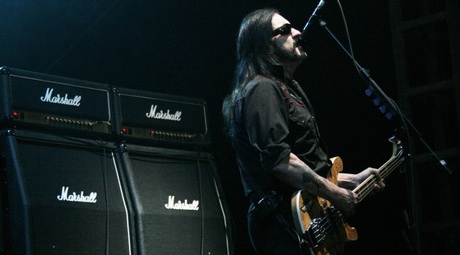 Jim Marshall, who has died aged 88, became one of the architects of rock's classic heyday, earning himself the nickname The Father of Loud in the process (Motorhead's Lemmy shows the maker's name, pictured right). This notion of the endless quest for greater loudness was enshrined in the movie Spinal Tap, in which guitarist Nigel Tufnel (Christopher Guest) proudly showed off his Marshall amps with knobs which went up to 11. "If we need that extra push over the cliff, you know what we do? Eleven, exactly," he explained. Marshall later responded by creating an amplifier that went up to 20.
Jim Marshall, who has died aged 88, became one of the architects of rock's classic heyday, earning himself the nickname The Father of Loud in the process (Motorhead's Lemmy shows the maker's name, pictured right). This notion of the endless quest for greater loudness was enshrined in the movie Spinal Tap, in which guitarist Nigel Tufnel (Christopher Guest) proudly showed off his Marshall amps with knobs which went up to 11. "If we need that extra push over the cliff, you know what we do? Eleven, exactly," he explained. Marshall later responded by creating an amplifier that went up to 20.
Jim Marshall was born in Kensington, west London in 1923, to a fish and chip ship owner also called Jim and his wife Beatrice. Jim Jr suffered from tuberculosis of the bones, which left him encased in plaster during most of his schooldays, and the condition left him medically unfit for military service in World War Two. However, he yearned to succeed in music. After a stint of singing with a big band, he joined a smaller dance band, and took over the drummer's seat when the former incumbent joined the armed forces.
Marshall saved enough money from playing and teaching the drums to start his own business building loudspeaker cabinets, before opening own music store in Hanwell, West London in 1960. He focused at first on selling drumkits, but began to attract a clientele of budding stars, including The Who's Pete Townshend and a pre-Deep Purple Ritchie Blackmore, who kept complaining that they needed a new kind of amplifier which offered a louder, dirtier sound than the then-popular Fender models. Marshall got together with Ken Bran and EMI technician Dudley Craven, and in September 1962 the first Marshall amplifier emerged. Marshall later said it was the sixth prototype that successfully created the snarling "Marshall Sound", and he duly founded a new company, Marshall Amplification.
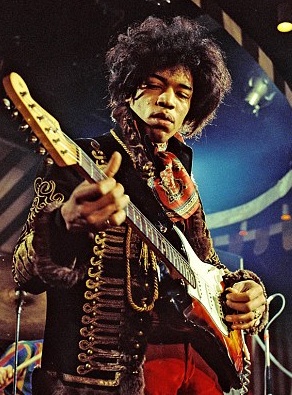 The arrival of Marshall equipment chimed perfectly with the mid-Sixties boom in rock and pop, and as sales flourished, the company made regular steps up to bigger and better premises. Marshall equipment was embraced by such guitar deities as Jimi Hendrix (pictured left) and Eric Clapton (for whom the company created the "Bluesbreaker" amp-and-speakers combo), and demands for more wattage from Pete Townshend and John Entwistle of The Who spurred the development of Marshall's classic 100-watt amplifier. It was also The Who's urging that prompted Marshall to create the stackable loudspeaker cabinets, or "stacks", that would provide a literal wall of sound for any number of artists.
The arrival of Marshall equipment chimed perfectly with the mid-Sixties boom in rock and pop, and as sales flourished, the company made regular steps up to bigger and better premises. Marshall equipment was embraced by such guitar deities as Jimi Hendrix (pictured left) and Eric Clapton (for whom the company created the "Bluesbreaker" amp-and-speakers combo), and demands for more wattage from Pete Townshend and John Entwistle of The Who spurred the development of Marshall's classic 100-watt amplifier. It was also The Who's urging that prompted Marshall to create the stackable loudspeaker cabinets, or "stacks", that would provide a literal wall of sound for any number of artists.
Over the decades, it would become easier to name the acts who didn't use Marshall equipment than those who did. For instance, you could rely on spotting the company's famous cursive logo at gigs by Guns 'N Roses, Motorhead, Motley Crue, Pink Floyd, Deep Purple, Led Zeppelin, the Allman Brothers, AC/DC, U2, Metallica, Van Halen, Oasis and Nirvana (though the Rolling Stones tended to favour Ampeg equipment). The company progressively modified and developed its range of products, offending purists but pleasing customers by introducing solid state technology alongside the valves-only sound which made Marshall famous.
In 1984 Marshall won the Queen's Award for Export. In1985, Jim Marshall added his hand-print to the Rock Walk Hall of Fame in Hollywood ("I thought 'Good God! I've really arrived!'" he commented). In 1987, the Silver Jubilee range of amplifiers commemorated Jim's 50 years in music and 25 years of building amplification. In 2003 he was given the OBE for services to music and charity.
The Twittersphere has been buzzing with tributes to Marshall, from the likes of Slash and The Who, but I liked this one from Culture_Agent: "So long and thanks for all the tinnitus."
James Charles "Jim" Marshall, 29/07/1923 - 05/04/2012

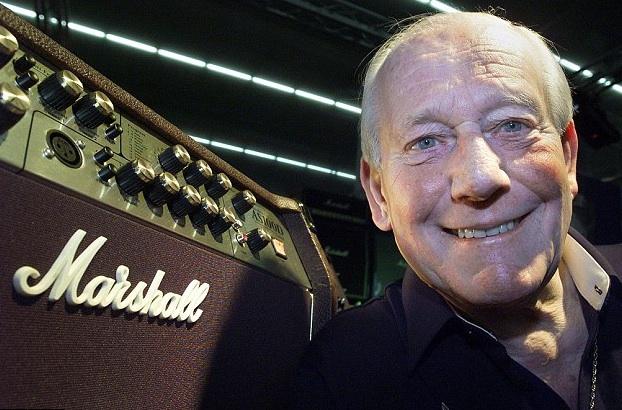





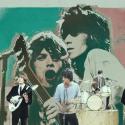
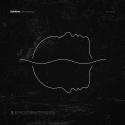

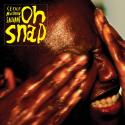

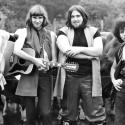

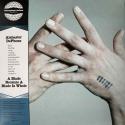
Add comment